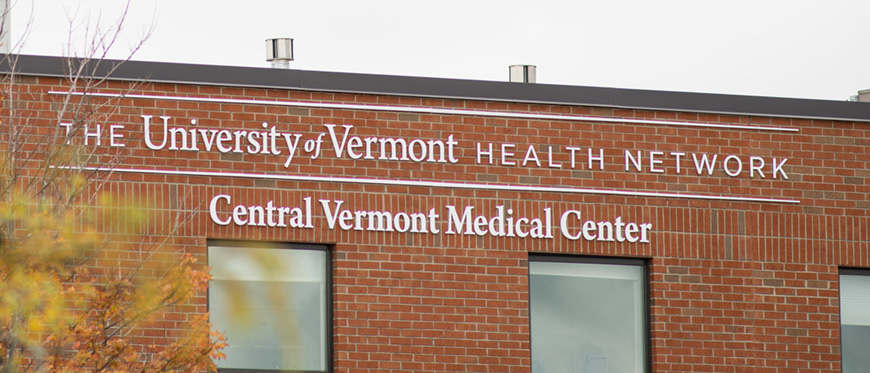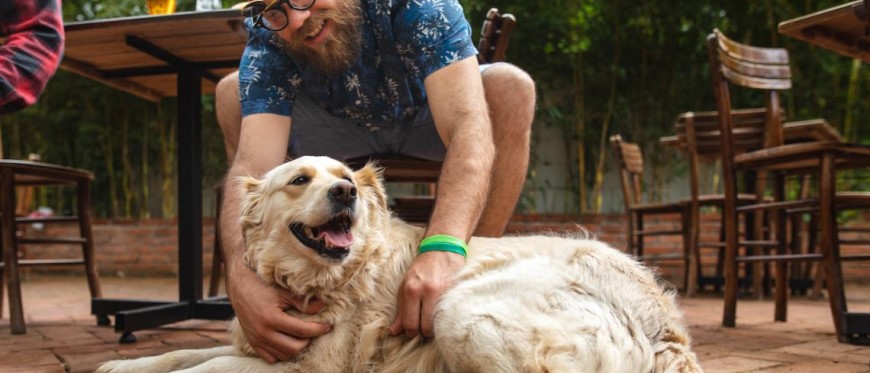UVM’S LONGITUDINAL INTEGRATED CLERKSHIP BEGINS IN MARCH
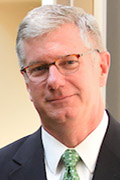
Bill Jeffries, PhD
Senior Associate Dean for Medical Education
Larner College of Medicine
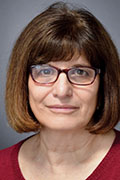
Tania Bertsch, MD
Assistant Dean for Medical Education
Larner College of Medicine
After a successful first year at Hudson Headwaters Health Network (HHHN) in Northern New York, Larner College of Medicine’s Longitudinal Integrated Clerkship (LIC) will expand to Central Vermont Medical Center in March 2019.
The LIC is new to the college but has been around since the 1970s. Selected students are embedded in primary care and build a panel of patients. They follow those patients through every health care encounter over the year.
An Engaging Synergy
In rural communities, there is often “a mismatch between the standard curricular model and what is actually being done,” says Bill Jeffries, PhD, senior associate dean for medical education. “Hudson Headwaters came to us and asked us to integrate medical education into what they do.”
An assessment after the program’s initial year found multiple benefits, including:
- Students and patients got to know each other, lowering patient stress and increasing well-being;
- Physicians and students developed closer relationships, and the students were able to contribute to the practice;
- Long-term work with therapists, nurses, social workers, etc., gave students a richer sense of rural health care.
Research shows that students in traditional clerkships can feel disengaged. “It’s hard to advance because they keep starting at Square 1,” says Tania Bertsch, MD, assistant dean for medical education. “In (the LIC), they often have much more autonomy with patients and advance to a greater degree.”
Hudson Headwaters’ Experience
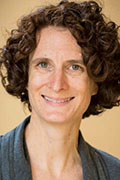
Colleen Quinn, MD,
Hudson Headwaters’ LIC site director
The LIC “brought some energy back into the system,” says Colleen Quinn, MD, Hudson Headwaters’ LIC site director. “From my perspective, its uniqueness is that preceptors get to know their students and can tailor their teaching” to each student. “Students ask a lot of questions, but in this model, preceptors and students can come to answers together over time.
“It does take extra time, but if you ask most of our preceptors – and most signed on for the second year – I think there’s a benefit that outweighs the time spent.”
Dylon Gookin, Class of 2019, is near the halfway mark of his HHHN clerkship
“Doctors make up a small part of people’s health. I’m seeing a lot more of the social factors” — a crucial factor in population health management, he says. He is following a pregnant 16-year-old. “I’ll see her when she gives birth, and I’ll be following her child through Pediatrics.”
Central Vermont Medical Center
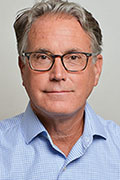
Mark Depman, MD
CVMC Practice Division Director
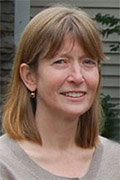
Chris Payne, MD
LIC Site Director
CVMC Family Medicine - Waterbury
When CVMC leaders heard about HHHN’s program, “we thought this was the perfect teaching vehicle for this hospital and this community,” says CVMC Practice Division Director Mark Depman, MD. “To know that you have 12 months to work with students and see them mature, develop relationships – it seems like a really natural way to learn.”
LIC Site Director Chris Payne, MD, who practices in Waterbury, was also drawn to the program.
“I’ve often thought it would be good if students could follow patients longer to get a better sense of the continuity. Once they get acclimated, they can focus on learning.” Gookin agrees. “I don’t worry about being the first one to answer a question; I can focus on how to be a better doctor.”
Payne will coordinate CVMC’s clinical program and help the four students settle in.
“Part of my job will also be reaching out to physicians in the community to get them involved. Having an interested, enthusiastic student can make for nice teaching moments.”
In addition to the core traditional specialties, Depman sees opportunities for students to get deeply engaged in exploring population health, a strong focus at CVMC: social determinants of health, community health teams and palliative and spiritual care.
“We have people here who can be incredible mentors, helping students create narratives about conditions and diagnoses that they can’t get from a textbook or block rotation. Those are the things you remember and retrieve when you need them most.
“It takes a lot of commitment from our practices, and the logistics can be complicated,” Depman says. “But it’s a real win for all of us.”

